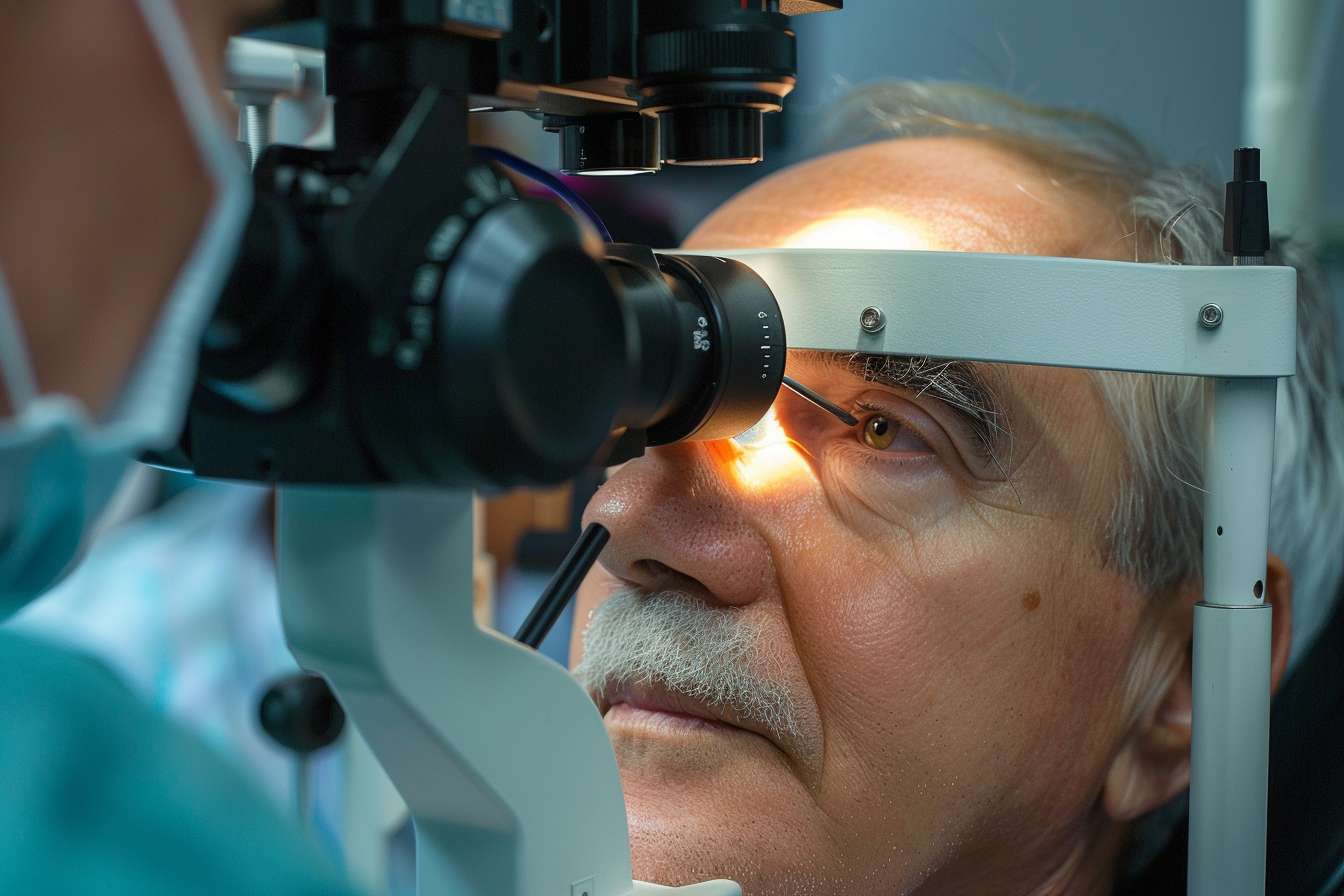Understanding Cataract Surgery: A Comprehensive Guide
Cataracts are a common eye condition that affects millions of people worldwide, causing cloudy vision and impacting daily life. Fortunately, cataract surgery has become one of the most successful and frequently performed medical procedures, offering a solution to restore clear vision. This article delves into the details of cataract surgery, explaining what it entails, its benefits, and what patients can expect throughout the process.

How is cataract surgery performed?
Cataract surgery is a relatively quick and painless procedure that typically takes about 30 minutes to complete. The most common technique used today is called phacoemulsification. During this procedure, the surgeon makes a tiny incision in the eye and uses ultrasound waves to break up the cloudy lens. The fragmented lens is then gently suctioned out of the eye.
Once the cataract is removed, an artificial intraocular lens (IOL) is inserted to replace the natural lens. This new lens is designed to remain in place permanently and requires no special care. The small incision usually seals itself, eliminating the need for stitches in most cases.
What are the benefits of undergoing cataract surgery?
The primary benefit of cataract surgery is improved vision. Many patients report significant improvements in their ability to read, drive, watch television, and engage in other daily activities. Additionally, cataract surgery can:
-
Enhance color perception, as cataracts often cause colors to appear dull or yellowish
-
Reduce glare and improve night vision
-
Decrease dependency on glasses or contact lenses
-
Improve overall quality of life by restoring independence and confidence
Some studies have even suggested that cataract surgery may be associated with a reduced risk of falls and cognitive decline in older adults.
What should patients expect before and after the procedure?
Before surgery, patients will undergo a comprehensive eye exam to evaluate their overall eye health and determine the appropriate type of intraocular lens. The surgeon will also provide specific instructions on how to prepare for the procedure, which may include temporary adjustments to medications or fasting requirements.
After surgery, patients typically experience improved vision within a few days, although complete healing may take several weeks. It’s common to experience some mild discomfort, such as itching or a gritty sensation in the eye, which usually resolves quickly. Patients will be prescribed eye drops to prevent infection and reduce inflammation.
Most people can resume normal activities within a day or two after surgery, but it’s important to follow the surgeon’s post-operative instructions carefully. This may include avoiding strenuous activities, wearing an eye shield while sleeping, and refraining from rubbing the eye.
Where can cataract surgery be performed?
Cataract surgery is typically performed on an outpatient basis, meaning patients can go home the same day as their procedure. The surgery can be conducted in various settings, including:
-
Specialized eye clinics
-
Hospital outpatient departments
-
Ambulatory surgery centers
The choice of location often depends on factors such as the surgeon’s preference, the patient’s overall health, and insurance coverage. Many patients prefer the convenience and focused care provided by specialized eye clinics, while others may feel more comfortable in a hospital setting.
What are the costs associated with cataract surgery?
The cost of cataract surgery can vary significantly depending on factors such as geographic location, the type of intraocular lens used, and whether both eyes are treated. In the United States, the average cost per eye ranges from $3,000 to $5,000 for standard cataract surgery with a basic monofocal lens. However, using advanced technology lenses or opting for laser-assisted surgery can increase the cost.
Here’s a general comparison of cataract surgery costs and options:
| Procedure Type | Average Cost Per Eye | Key Features |
|---|---|---|
| Standard Cataract Surgery (Monofocal Lens) | $3,000 - $5,000 | Basic vision correction, may still require glasses |
| Toric Lens for Astigmatism | $4,000 - $6,000 | Corrects astigmatism, reducing need for glasses |
| Multifocal or Accommodating Lens | $4,500 - $7,000 | Provides vision correction at multiple distances |
| Laser-Assisted Cataract Surgery | $5,000 - $8,000 | Increased precision, potentially faster recovery |
Prices, rates, or cost estimates mentioned in this article are based on the latest available information but may change over time. Independent research is advised before making financial decisions.
It’s important to note that Medicare and most private insurance plans cover the cost of standard cataract surgery, including a basic intraocular lens. However, patients opting for premium lenses or additional features may need to pay the difference out of pocket.
In conclusion, cataract surgery is a safe and effective procedure that can dramatically improve vision and quality of life for those affected by cataracts. With advanced surgical techniques and a variety of lens options available, patients can work with their eye care professionals to choose the best approach for their individual needs. As with any medical procedure, it’s essential to discuss the potential benefits, risks, and costs with a qualified healthcare provider to make an informed decision about cataract treatment.
This article is for informational purposes only and should not be considered medical advice. Please consult a qualified healthcare professional for personalized guidance and treatment.






